National Symbols | Term 2 Unit 1 | Civics | 6th Social Science - Other Symbols of our Country | 6th Social Science : Civics : Term 2 Unit 1 : National Symbols
Chapter: 6th Social Science : Civics : Term 2 Unit 1 : National Symbols
Other Symbols of our Country
Other Symbols of our Country
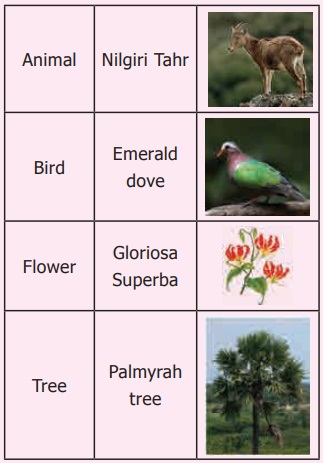
National flag:
The tricolour flag is our National
flag. The three colours are of the same width and are arranged horizontally. The
saffron at the top represents valour and sacrifice. The green at the bottom
represents fertility and prosperity. The white band in between represents
honesty peace and purity. The Ashoka chakra or the wheel in navy blue
represents truth and peace.
Out National Flag’s length and width
proportion is 3:2 respectively and the Ashoka’s chakra has 24 spokes in it.
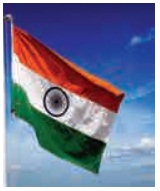
National Emblem
The four lions on top of the Ashoka Pillar
at Sarnath was chosen to be our National emblem. The national emblem was
accepted on 26th January 1950, ‘Satyameva Jayate” has been inscribed at its
bottom. It means ‘Truth alone triumphs’. The National emblem consists of two
parts-the upper and the lower parts.
HOTS:
Who has been given the
right to manufacture the National flag?
Kodi Kaatha Kumaran
Tirupur Kumaran was born
in Chennimalai of Erode district. As a youth, he actively participated in the
freedom struggle for India. In 1932, when Gandhiji was arrested, protests were
held against the arrest all over the country. When protests were held for
Gandhiji’s release, Tirupur Kumaran took active part in it. He lost his life
when the police attacked violently. He held on to the tricolor flag even when
he died. He was honoured with the title, ‘Kodi Kaatha Kumaran’. The Government
of India has released a postal stamp on his centenary year to remember Tirupur
Kumaran’s sacrifice and dedication to the nation.
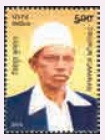
* The National flag was
designed by Pingali Venkayya from Andhra Pradesh.
* The first Indian Flag
was woven at Gudiyatham in Vellore district of Tamilnadu.
* This flag was hoisted
by Pandit Jawaharlal Nehru on 15th August 1947 at Red Fort (Delhi)
* This flag is now an
exhibit at the St.George’s Fort Museum, Chennai.
The upper part has four lions facing
the North, South, East and West. This is on a circular pedestal. One can only
see three lions at a time.
The lower part has an elephant, a
horse, a bull and a lion. The ‘Wheel of righteousness’ is placed between them.
This emblem is found at the top of the government communication, Indian
currency and passport.
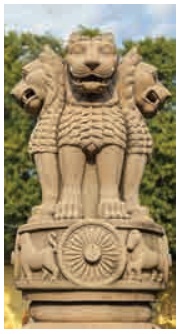
The four lions, chosen
from the Sarnath pillar of Ashoka as our emblem, is now placed in the Sarnath
Museum.
National Anthem
‘Jana Gana Mana’ is our National
anthem. It symbolises the sovereignty and intergrity of our nation. This anthem
was written by Rabindranath Tagore in Bengali. This was transcripted in Hindi
and was accepted by the Constituent Assembly on 24th January 1950.
The rules to be observed while singing the Anthem
• This anthem has to be sung at a
duration of 52 seconds.
• Everyone should stand erect while
singing the national anthem.
• One should understand the meaning
while singing.
National song
On 27th December 1911
this National anthem was sung for the first time during the Congress committee
meet held at Kolkata.
The song Vande Mataram, composed by
Bankim Chandra Chatterjee, was a source of inspiration to the people of India
in their struggle for freedom. It has an equal status with Jana Gana Mana. On
January 24, 1950, the then President, Dr. Rajendra Prasad came up with a
statement in the Constituent Assembly, “the song Vande Mataram, which has played
a historic part in the struggle for Indian freedom, shall be honoured equally
with Jana Gana Mana and shall have equal status with it.”
The song was a part of Bankim Chandra’s
most famous novel ‘Anand Math’.
National pledge
“India is my country. All Indians are
my brothers and sisters” is our national pledge. The pledge was written by
Pydimarri Venkata Subba Rao in Telugu.
National Micro organism
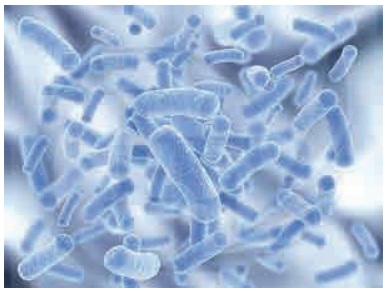
The curd which we consume every day is
curdled from milk by a micro organism called lacto bacillus delbrueckii. This
was accepted as our national micro organism in the year 2012. This micro
organism makes the milk undergo a chemical reaction and changes the protein
content of the milk. Curd is known for its digestive quality and cooling
capacity.
Currency of India- (INR) ₹
The Indian currency is the Indian
Rupees. The currency released by SherShah Sur in the sixteenth century was
‘Rupiya’. This ‘rupiya’ has been transformed, into ‘Rupees’. The symbol of
rupees is ₹. This was designed by D. Udhayakumar from Tamil Nadu in the year
2010.
National Calender
During the reign of Emperor Kanishka he
began following a new calendar in the year 78 CE/AD. The year begins from the
spring equinox which falls on March 22nd. During a leap year, it begins on
March 21st. Our country follows this calendar. The famous astronomer Meghnad
Saha headed the Calendar Reformation Committee on 22nd March 1957. It was then
accepted by the committee as our national calendar.
The National symbols help in uniting
the diversified sections of India and to instill patriotism.
Related Topics